Table of Contents:
Top 7 Places To See The Northern Lights in 2025 in Europe
Picture yourself beneath a star-studded Arctic sky as waves of green, purple, and pink lights dance overhead. The Northern Lights, or Aurora Borealis, are nature's most stunning show. They draw thousands of travelers to northern Europe each year. As we approach 2025, scientists predict exceptional aurora activity during the solar maximum period, making it the perfect time to plan your Northern Lights adventure.From Finland's cozy glass igloos to Norway's dramatic fjords, Europe offers some of the world's most spectacular venues for witnessing this celestial phenomenon. The key is knowing exactly where to go—locations that combine pristine dark skies with unforgettable Arctic experiences. We've handpicked seven destinations where your chances of catching this magical display are highest, each offering its own unique way to experience the aurora's ethereal dance.
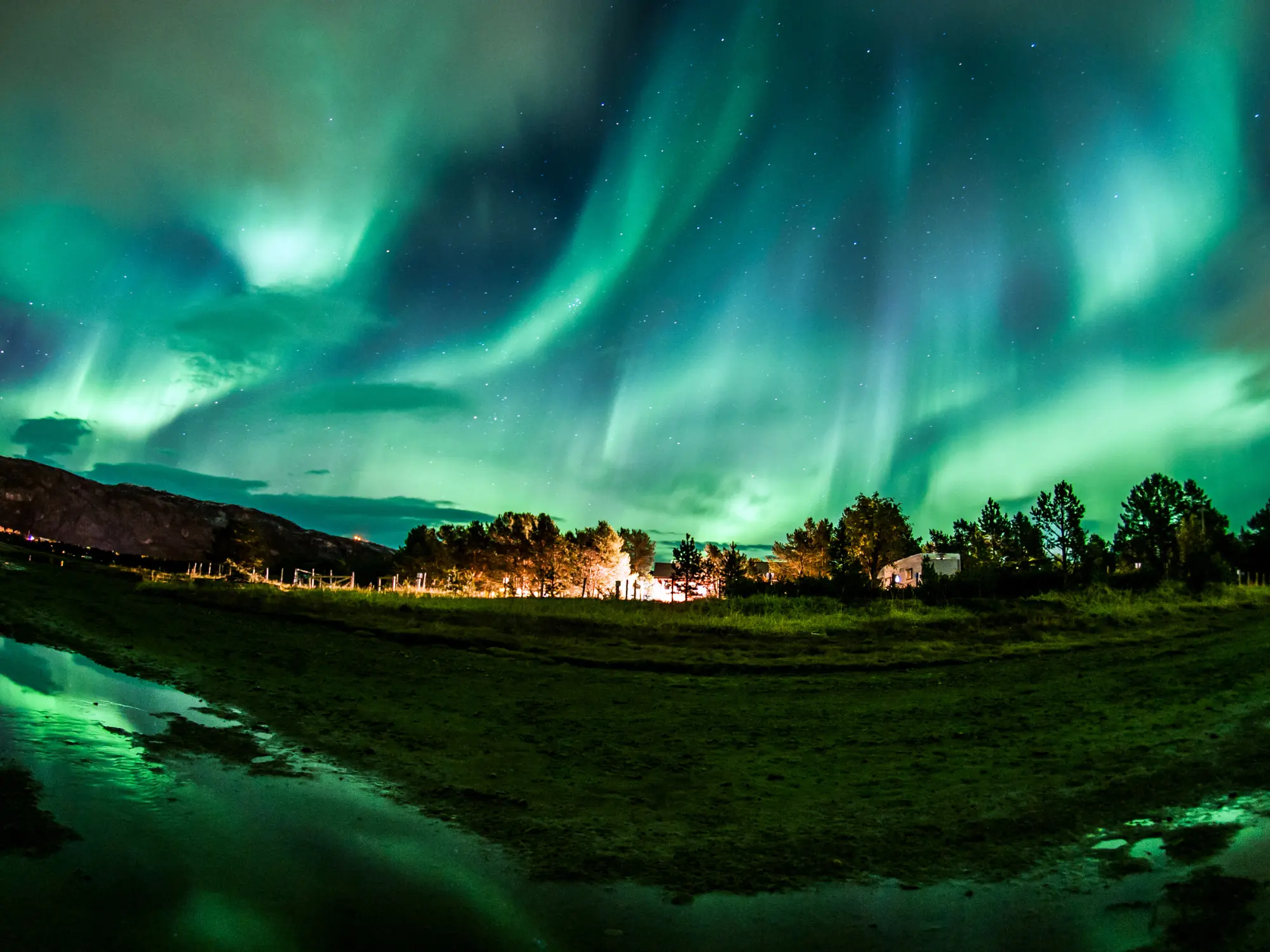
1. Tromsø, Norway
Nestled in the heart of the Northern Lights oval at 69 degrees north, Tromsø is widely considered the 'Aurora Capital of Europe.' This vibrant Norwegian city offers one of the highest probabilities of witnessing the mesmerizing Aurora Borealis, with the phenomenon visible on roughly 3 out of 4 clear winter nights.
What makes Tromsø such a prime destination for Northern Lights chasers is its perfect blend of urban comfort and untamed Arctic wilderness. The city has infrastructure for aurora tourism. It includes guided photography tours and cozy wilderness camps. Popular viewing spots include the Storsteinen Mountain, accessible by cable car, and the remote Lyngen Alps, where the lights dance above dramatic fjords.
Despite its high-latitude location, Tromsø remains accessible and temperate because the Gulf Stream unexpectedly warms the area. Visitors can easily combine their aurora hunting with other quintessential Arctic experiences, such as whale watching, dog sledding, and immersing themselves in the vibrant Sami culture. The best viewing period extends from late September to early April, with peak darkness during the polar night from late November to late January.
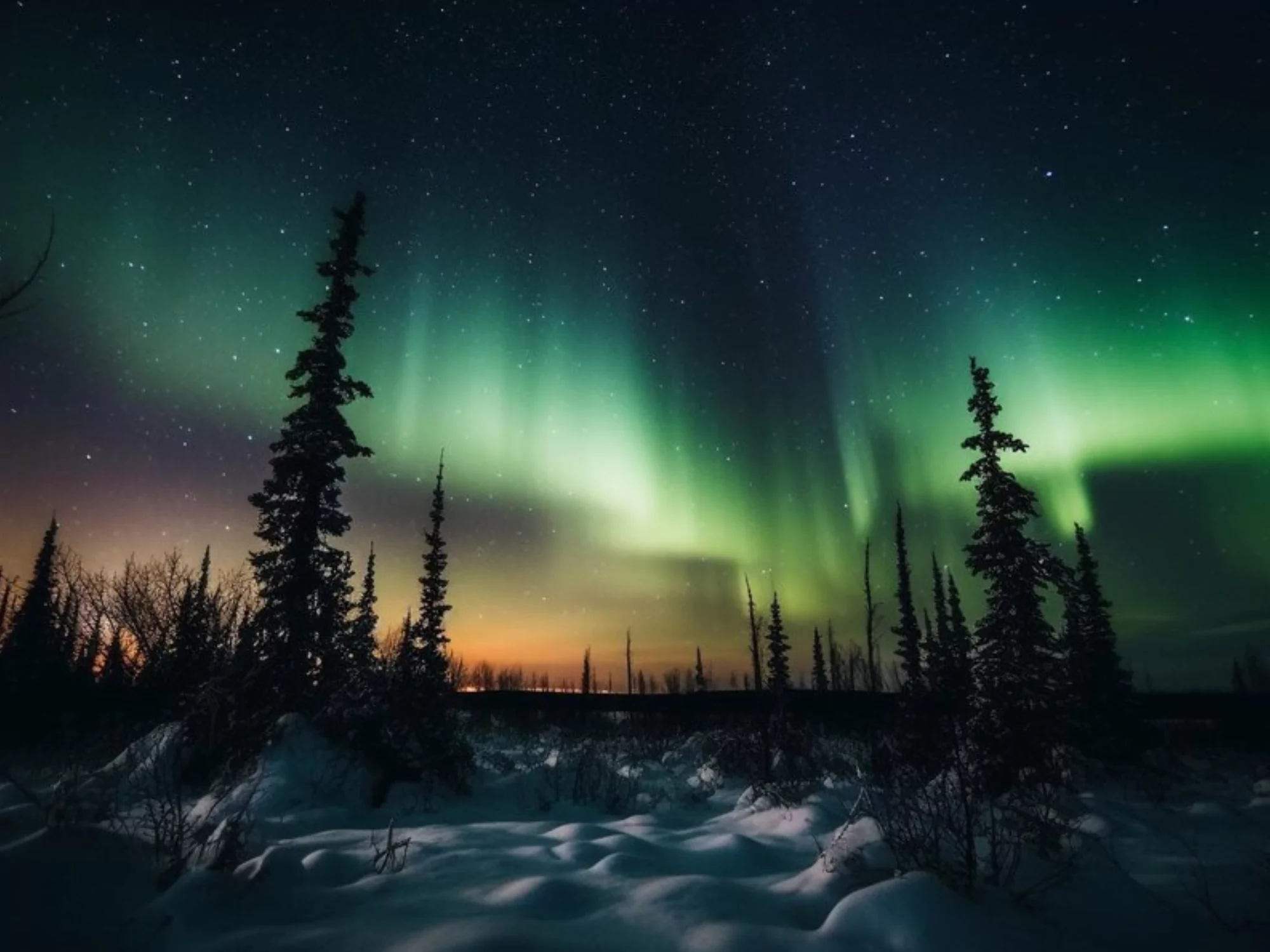
2. Rovaniemi, Finnish Lapland
Rovaniemi, the official hometown of Santa Claus, offers more than just festive charm when it comes to Northern Lights viewing. This vibrant city in Finnish Lapland sits within the auroral oval, making it an excellent base for aurora chasers.
One of Rovaniemi's main draws is its abundance of specialized accommodation options for optimal Northern Lights viewing. Visitors can cozy up in glass igloos or luxury aurora cabins, providing unobstructed views of the night sky from the comfort of their beds. The city's clear winter skies and expert-guided aurora hunting tours further enhance the chances of witnessing the green, pink, and purple lights dance across the horizon.
Beyond aurora viewing, Rovaniemi offers a wealth of other Arctic experiences. Visitors can go dog sledding, snowmobiling, or exploring the vast wilderness of Finnish Lapland. An international airport makes the city a starting point for a Northern Lights adventure in Northern Europe.
The best time to visit Rovaniemi for the Northern Lights is typically between September and April, with peak darkness and visibility occurring from November to January during the polar night.
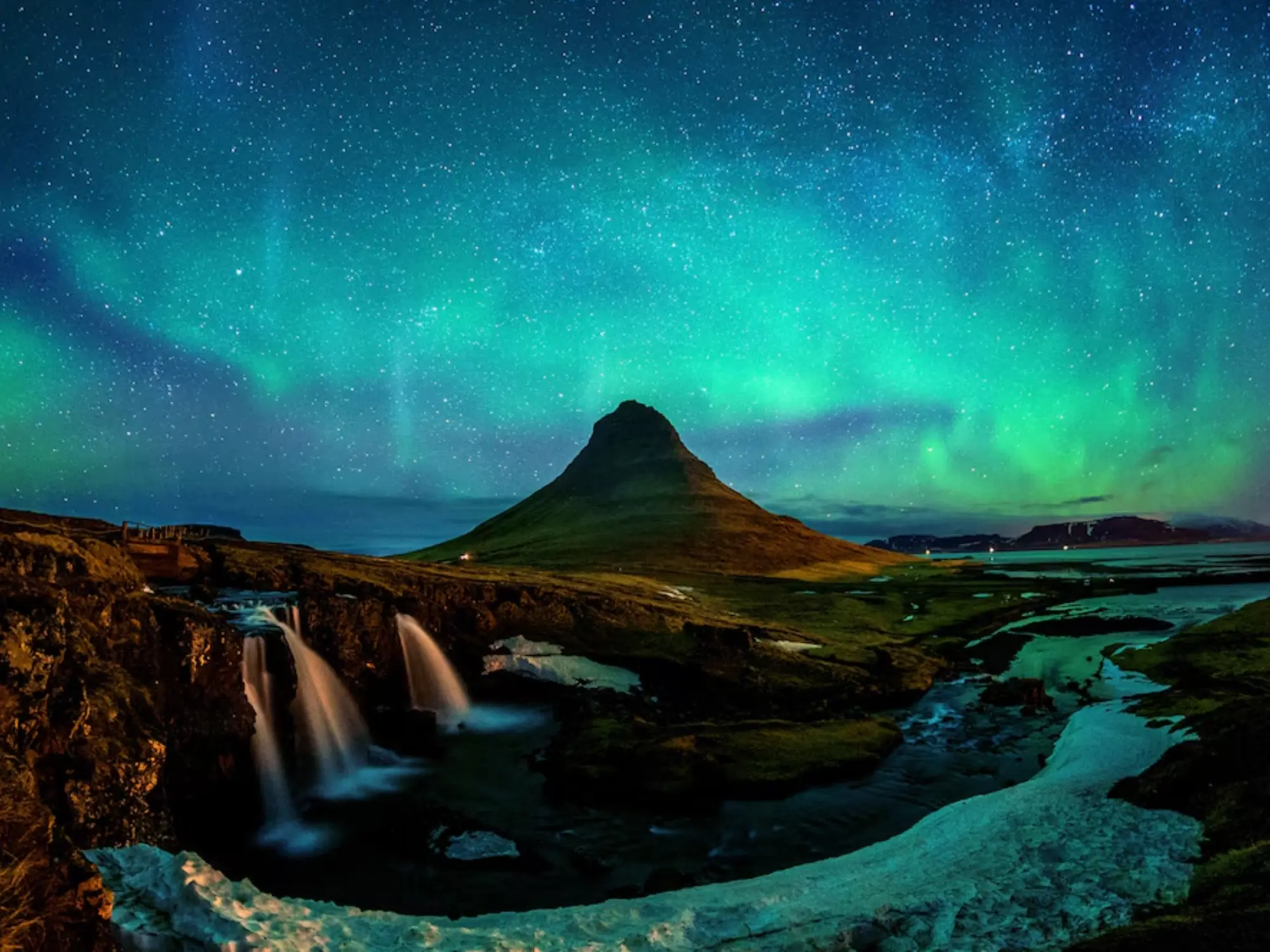
3. Reykjavik, Iceland
As the capital and largest city of Iceland, Reykjavik serves as an excellent base for Northern Lights expeditions. Situated just south of the Arctic Circle, the city's proximity to the aurora oval provides ample opportunities to witness the mesmerizing Aurora Borealis.
One of Reykjavik's key advantages is the accessibility to dark-sky locations just a short drive from the city center. Popular aurora-viewing spots include the Bláfjöll mountain range, the Reykjanes Peninsula, and the Seltjarnarnes peninsula, all offering minimal light pollution and expansive views of the night sky.
In addition to its prime geographical location, Reykjavik's geothermal landscape adds a unique twist to the Northern Lights experience. Visitors can combine their aurora hunting with a relaxing soak in the steaming Blue Lagoon or other natural hot springs, creating an unforgettable contrast between the celestial lights and the island's volcanic geology.
Reykjavik has a strong tourist infrastructure. It offers many hotels, restaurants, and amenities. They support a comfortable Northern Lights adventure. The best viewing period generally extends from September to April, with peak darkness and visibility occurring during the winter months.
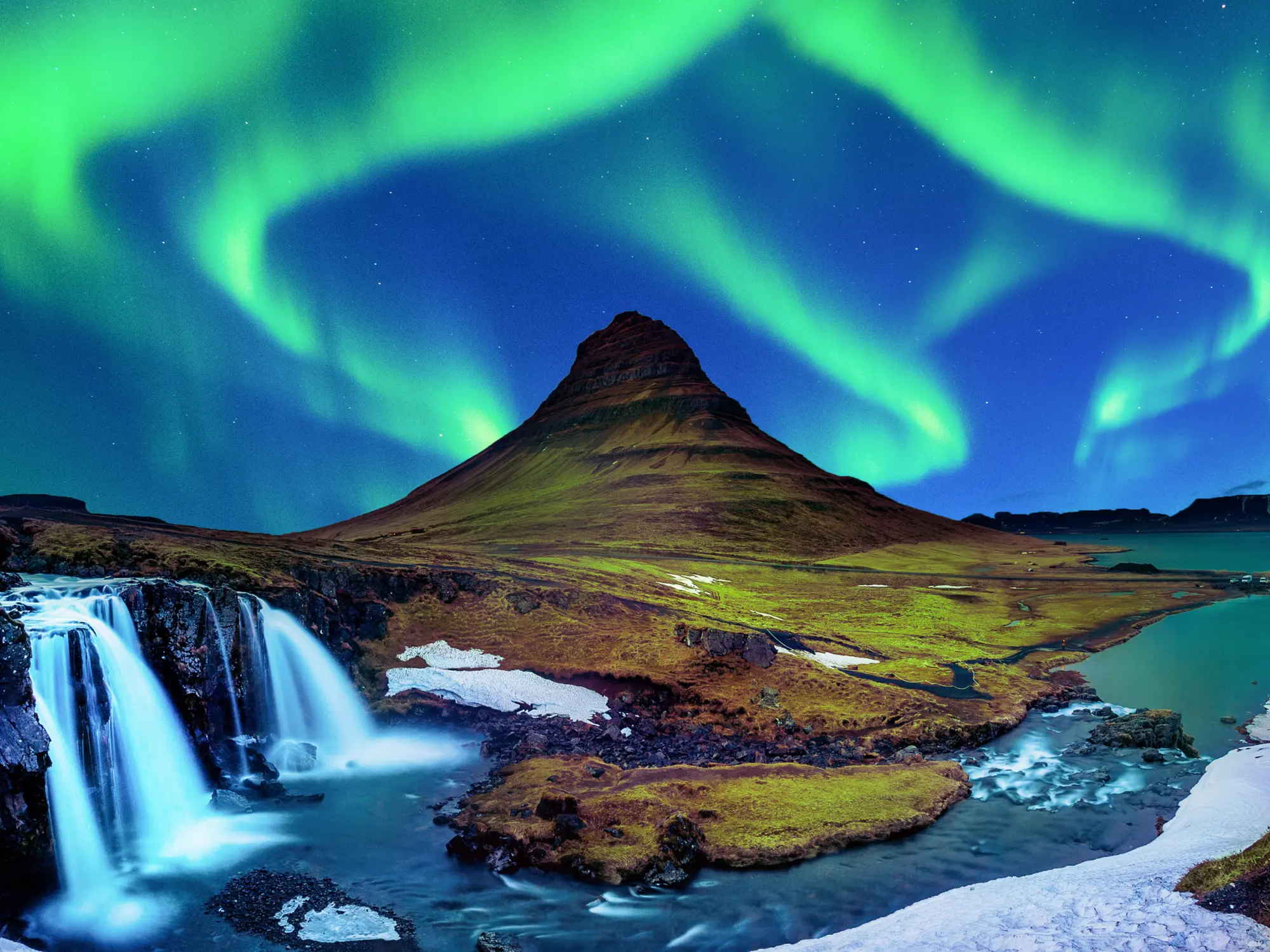
4. Abisko, Sweden
Nestled in the heart of Swedish Lapland, the small village of Abisko is renowned for its exceptional Northern Lights viewing conditions. Abisko, located within the auroral oval, celebrates its 'blue hole'—a patch of clear sky that remains unobstructed even when the surrounding areas are cloudy.
This unique microclimate, along with Abisko's low light pollution, makes it one of Europe's best spots to see the Aurora Borealis. Visitors can access the prime viewing spots, such as the Aurora Sky Station, via a chairlift or guided tours, maximizing their chances of catching the celestial light show.
In addition to the Northern Lights, Abisko offers a wealth of other Arctic adventures. Guests can explore the surrounding wilderness on snowshoe hikes, enjoy traditional Sami cultural experiences, or venture out on dog sledding excursions. The village's remote location and access to the untamed landscapes of Swedish Lapland further enhance the overall aurora-viewing experience.
The best time to visit Abisko for Northern Lights sightings is typically between October and March, with peak darkness and visibility occurring during the winter months. Travelers should take the advice to book accommodations well in advance, as this small village can fill up quickly during the high season.
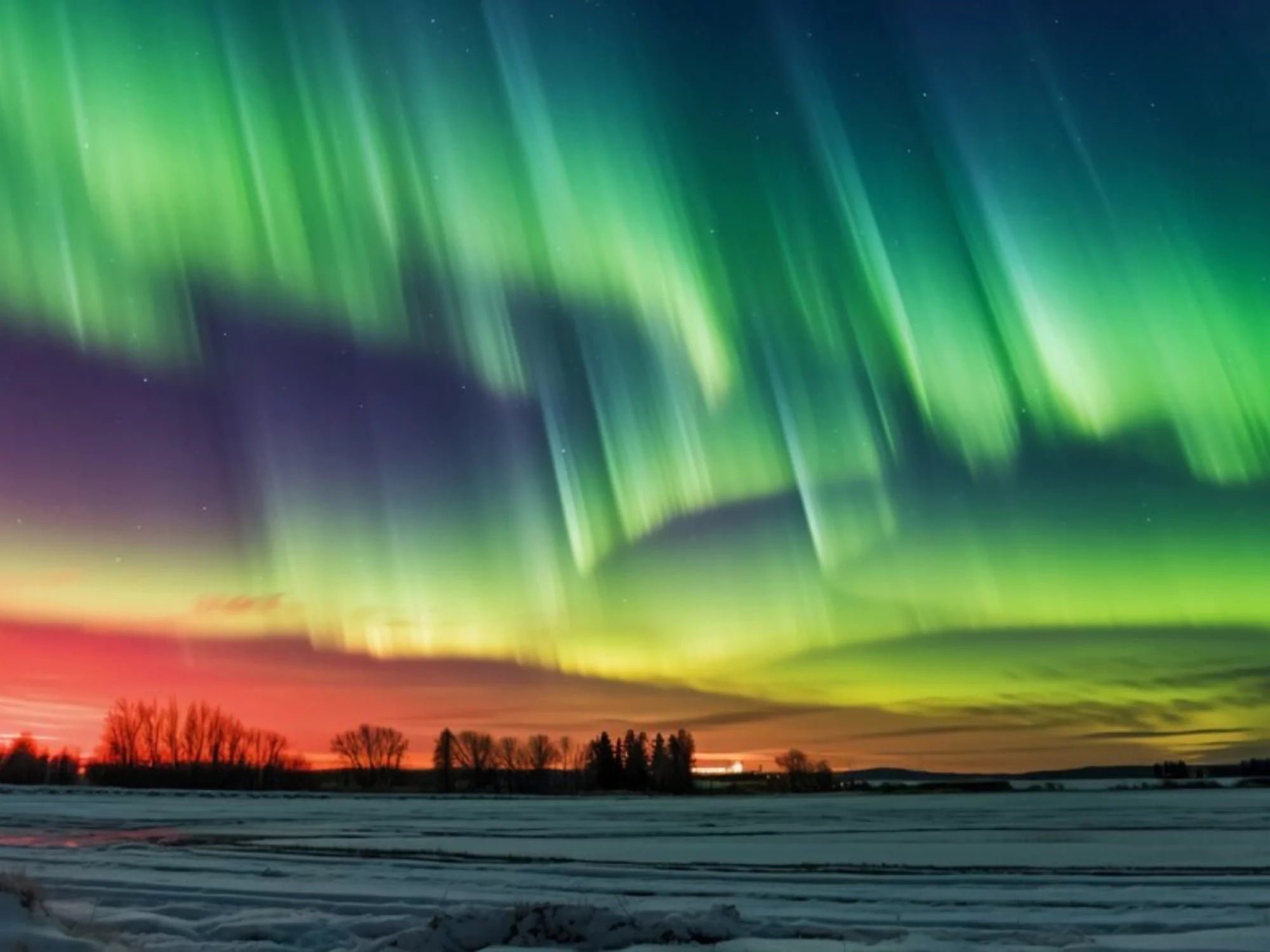
5. Murmansk, Russia
As the largest city north of the Arctic Circle, Murmansk offers a unique blend of urban comforts and access to prime Northern Lights viewing locations. Situated in the heart of the auroral oval, this Russian city provides ample opportunities to witness the mesmerizing Aurora Borealis.
One of Murmansk's key advantages is its extended polar night, which lasts from early November to late January. This prolonged period of darkness increases the chances of catching the Northern Lights, particularly on clear winter nights. The city has also invested in modern viewing facilities, such as the Murmansk Planetarium, to enhance the aurora-viewing experience.
While Murmansk may not have the same level of tourist infrastructure as some Scandinavian destinations, it offers a unique cultural experience for adventurous travelers. Visitors can immerse themselves in the city's rich history, explore the nearby Kola Peninsula's wilderness, and learn about the indigenous Sami people and their traditional way of life. The optimal time to visit Murmansk for Northern Lights viewing is between October and March, with the peak season falling during the winter months.
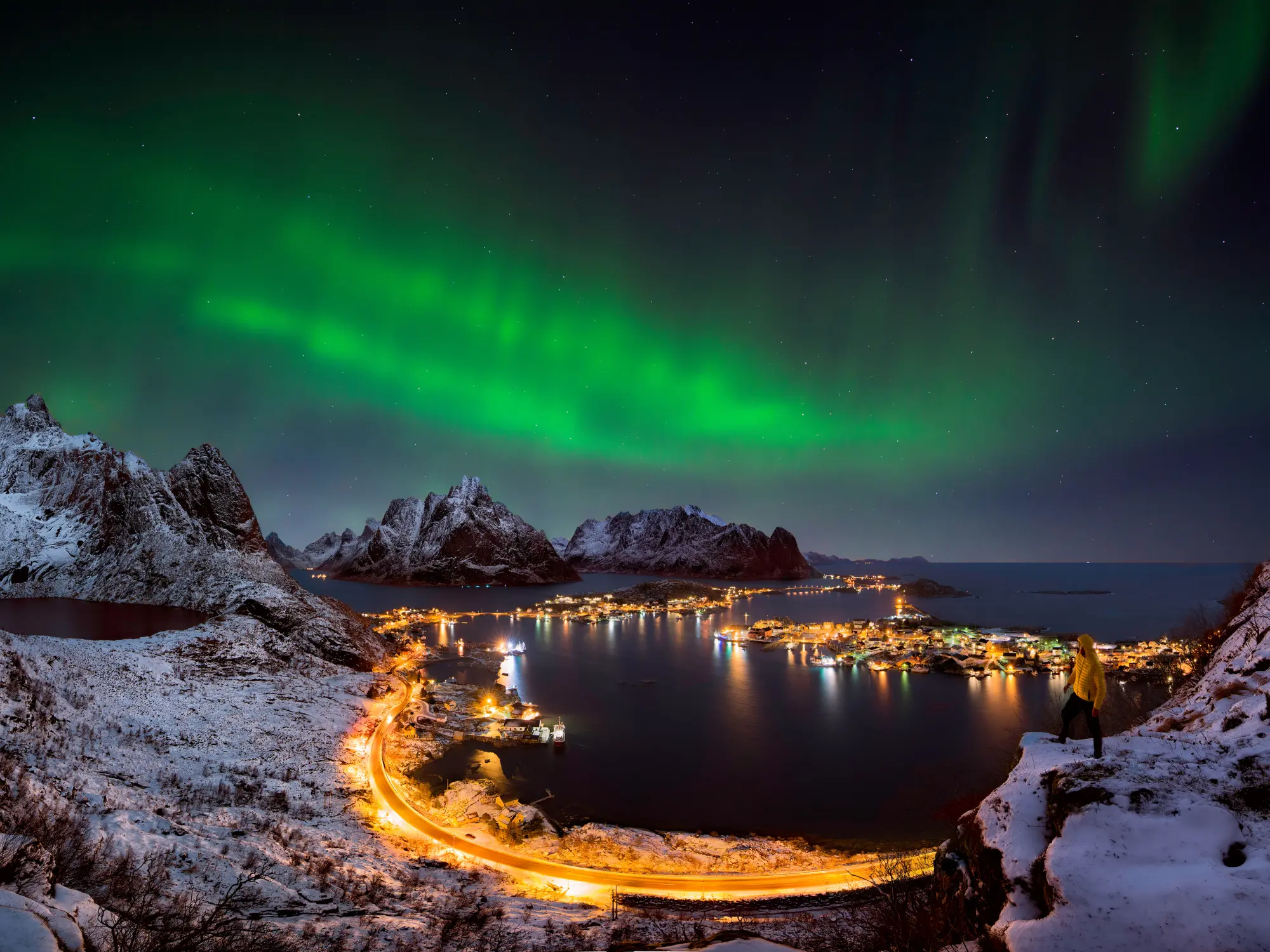
6. Jokulsarlon, Iceland
Jokulsarlon, a stunning glacial lagoon on Iceland's southern coast, offers a truly breathtaking backdrop for the Northern Lights. Located just south of the Arctic Circle, this remote location provides exceptional viewing conditions thanks to its minimal light pollution and unobstructed views of the night sky.
The highlight of the Jokulsarlon experience is the interplay between the ethereal aurora and the lagoon's reflective glacial waters. As the multicolored lights dance overhead, the still, inky surface reflects their colors, creating a mesmerizing visual feast. Visitors can witness this natural wonder from the lagoon's shores or venture out onto the water in small boats or kayaks for an even more immersive experience.
In addition to the Northern Lights, Jokulsarlon offers a wealth of other photogenic sights, including the dramatic glacial landscape, floating icebergs, and diverse wildlife. This combination of celestial and geological wonders makes Jokulsarlon a must-visit destination for aurora chasers and nature enthusiasts alike.
The optimal viewing period for the Northern Lights in Jokulsarlon is typically between September and April, with peak darkness and visibility occurring during the winter months. Visitors should dress warmly and plan for at least a few nights in the area to increase their chances of a successful aurora sighting.
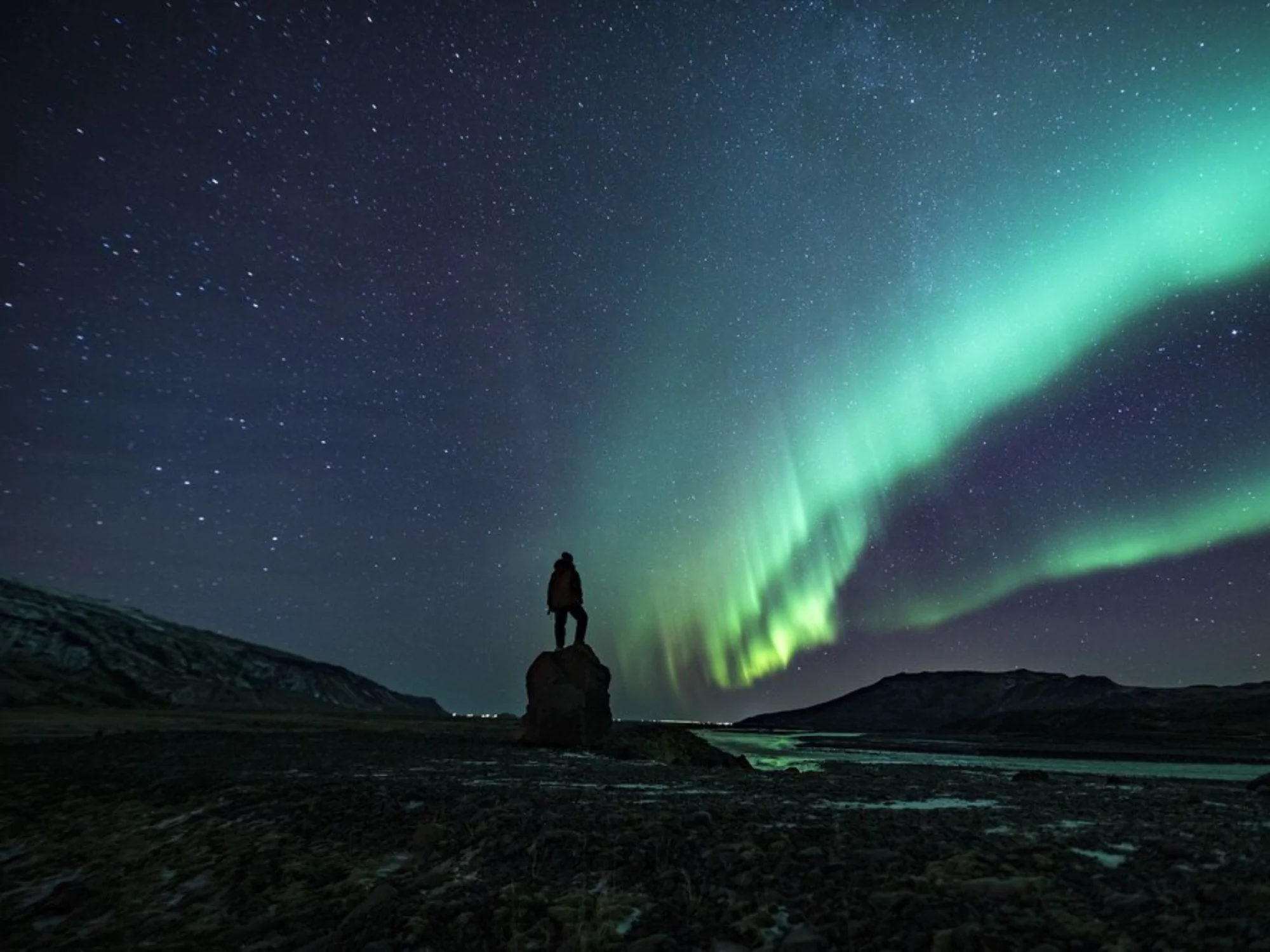
7. Inari, Finland
The small Finnish village of Inari, located in the heart of Lapland, offers an unparalleled combination of Northern Lights viewing and authentic cultural experiences. Situated well within the auroral oval, Inari provides prime conditions for witnessing the mesmerizing dance of the Aurora Borealis.
One of Inari's key advantages is its remote location, far from the light pollution of larger towns and cities. The village's proximity to Lake Inari, a vast wilderness lake, creates optimal viewing conditions, with the reflective waters enhancing the visual impact of the lights. Visitors can enjoy the aurora from multiple wilderness locations around the lake, as well as from the comfort of specialized aurora cabins and hotels.
Beyond the Northern Lights, Inari boasts a rich Sami culture and heritage. Travelers can immerse themselves in the traditions of this indigenous Arctic people, learning about their reindeer herding practices, handicrafts, and ways of life. This cultural element adds a unique and meaningful dimension to the aurora-viewing experience. The best time to visit is typically between September and April, with peak visibility during the winter months.
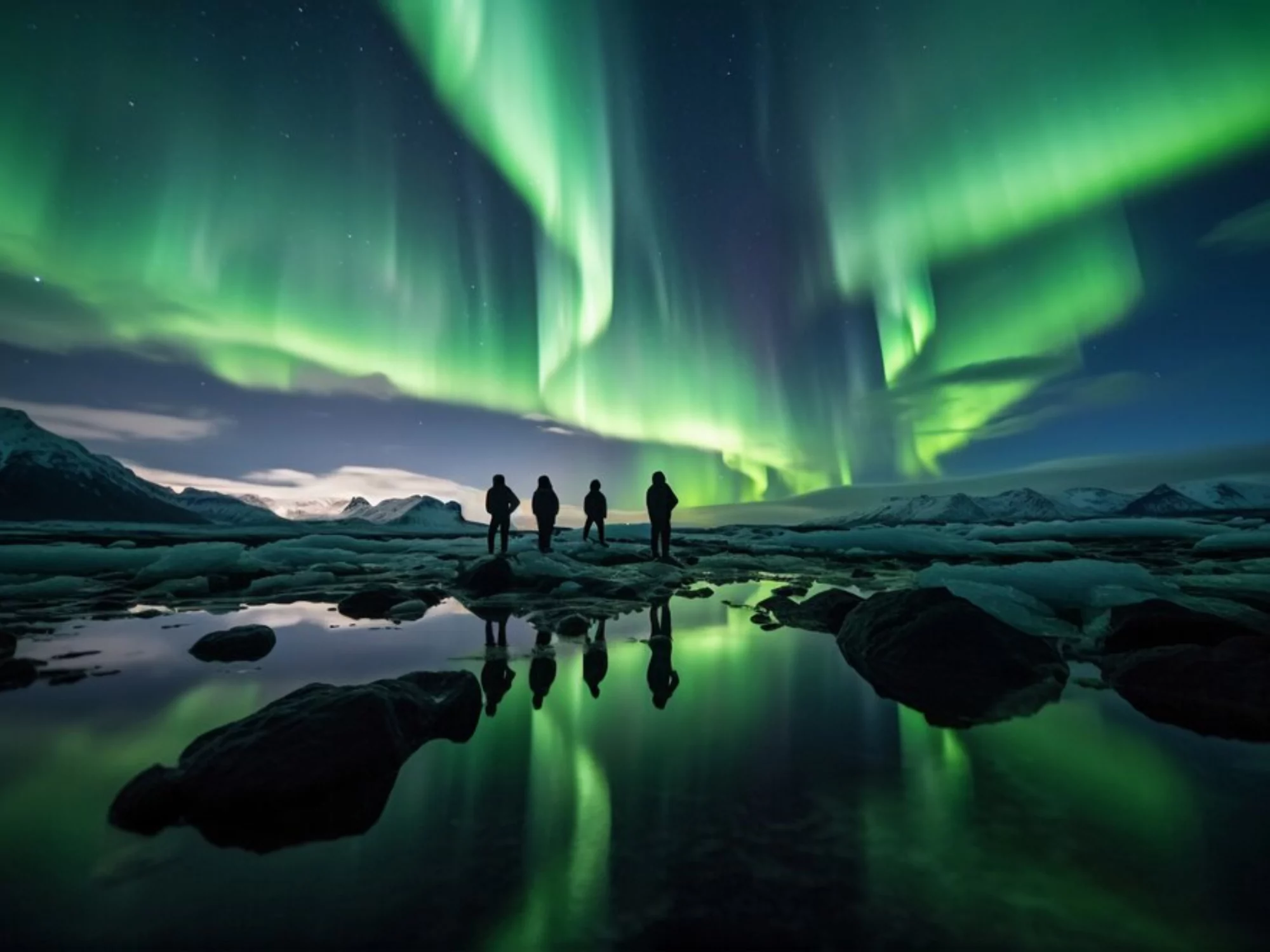
Best Time to Visit
Although you can see the Northern Lights throughout the year in these locations, choosing the right time for your visit will improve your chances of witnessing this natural phenomenon. The prime viewing season typically runs from September through March, with peak darkness occurring between November and January. The optimal viewing hours are usually between 10 PM and 2 AM when the sky is at its darkest.
Weather plays a crucial role in aurora viewing, with clear skies being essential. While winter months offer longer periods of darkness, coastal locations may experience more cloud cover compared to inland destinations. Check the solar activity forecasts and local weather before your trip. Remember that while experts predict 2025 will offer excellent viewing opportunities during the solar eclipse, choosing the right location and time will maximize your chances of experiencing this magnificent display.
Tips for Viewing
Making the most of your Northern Lights experience requires careful preparation and the right approach. Dress in multiple warm layers, as aurora viewing often involves standing still in freezing temperatures for extended periods. Pack hand warmers, insulated boots, and thermal clothing to stay comfortable during your watch.
Patience is key when aurora hunting. Give your eyes at least 30 minutes to adjust to the darkness for optimal viewing. Bring a red flashlight to preserve your night vision, and consider learning basic camera settings for capturing the lights—a tripod is essential for clear aurora photographs.
Consider joining guided tours led by local experts who know the best viewing spots and can share insights about the phenomenon. They often provide warm drinks, transportation, and professional photography assistance. Many tours also offer the flexibility to chase clear skies if weather conditions are unfavorable at the initial location.

